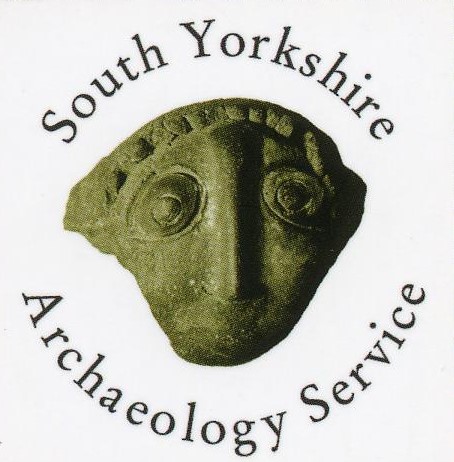Hind Wheel (Rivelin Waterpower Sites)
Location/Address
400m upstream of Glen Bridge, Rivelin Valley Road, Sheffield S6 5SB
Type
Other site, structure or landscape
Assets that cannot fit any of the other categories. This category includes sites of archaeological interest, where the original form and function may not be apparent without the use of archaeological techniques and interpretation.
Description
Former water-powered grinding Wheel and water management system. One of the Rivelin Waterpower Sites.
Hind Wheel and associated water management system are the remains of a water-powered site dating from around 1580, the earliest recorded site in the valley. It was used for cutlery grinding and to make metal inserts for ladies corsets. The site was last used in the 1930s. Later, the ruins of the buildings were removed and the area landscaped.
The water management system extends to the east and west of the site of the former mill buildings. In the early 19th century the mill dam almost doubled in size to the round shape it is today, allowing two waterwheels to be used. The ‘Round Dam’ is now one of the most popular spots in the lower Rivelin valley. There are few traces of the former buildings but in addition to the mill dam, which is full of water, the weir, head goit and tail goit can still be seen
Hind Wheel is located about 300 m upstream of the ‘S-bend’ on Rivelin Valley Road. The site is owned by Sheffield City Council and there is open access. A public footpath (the Rivelin nature and heritage trail) passes the site and runs along the dam wall. The trail can be accessed from various points along Rivelin Valley Road and from surrounding footpaths.
A marker post installed at the site by Rivelin Valley Conservation Group gives a brief history and links to a website where further information and pictures can be found.
Hind Wheel was amongst the earliest of the 20 mills built in the Rivelin Valley. This sequence of Rivelin mills and mill dams forms an essential part of Sheffield’s heritage. They also have a broader national and even international significance in relation to the history of the Industrial Revolution in Sheffield.
Further information and pictures of Hind Wheel and other sites in the Rivelin valley can be found at https://rivelinvalley.org.uk/rivelin-trails-2/. See also the books ‘Walking the Rivelin’, by Sue Shaw and Keith Kendall (6th edition, 2019, Rivelin Valley Conservation Group) and ‘Water Power on the Sheffield Rivers’, by C. Ball, D. Crossley, N. Flavell (Editors), (2nd Edition (2006), South Yorkshire Industrial Society).
Statement of Significance
Age
Dating from around 1580, the earliest recorded site in the valley. The site was last used in the 1930s.Rarity
This asset is an integral part of an especially rare system of waterpowered sites, described in more detail in the Rivelin Waterpower Sites asset. Sites of this early date are particularly rare.Architectural and Artistic Interest
This site is one of a group that collectively and individually demonstrate the construction techniques and interrelationships of waterpowered sites, described in more detail in the Rivelin Waterpower Sites asset. ○ In the early 19th century the mill dam almost doubled in size to the round shape it is today, which is distinctive and exploits a natural curve in the river. This is an illustration of a technique made necessary by the local topography. The weir is in two halves, angled at the centre.Group Value
This site contributes to the significance of the Rivelin Waterpower Sites asset and to the waterpower sites on other rivers in the city, and is integral to an understanding of the role and impact of waterpower in Sheffield.Historic Interest
This site is of historic interest in its illustration of the uses of waterpower, central to the reputation fame and identity of Sheffield; the many and varied uses for waterpower; the industrial development of the area; the impact of communications and topography; the lives and trades of working people; and the practice and policy of landowners, This is described in more detail in the Rivelin Waterpower Sites asset. In addition to cutlery grinding, the site was used to make metal inserts for ladies corsets. This illustrates contemporary changes in society. As an especially early waterpowered site, it illustrates the emergence of the power source that was to define the historic importance of the area.Archaeological Interest
This site has the potential for underground remains that with further investigation could reveal their development over time, including changes of use and the evolution of industrial processes and construction techniques. Because the sites were not overtaken by later industrial development, any remains are likely to be relatively intact.Landmark Status
The Rivelin Valley is an extremely popular leisure destination for local people, largely defined by its waterpower remains, including this site. Hind Wheel dam is used for recreational fishing, and its attractive location and long perimeter make it a popular place for walking. It is one of the best-loved destinations in the valley.Images and Documents
Date Listed
15 Aug 2022
Last Updated
19 Apr 2022
Comments and Feedback
Do you have any questions or more information about this record?





.jpg)
